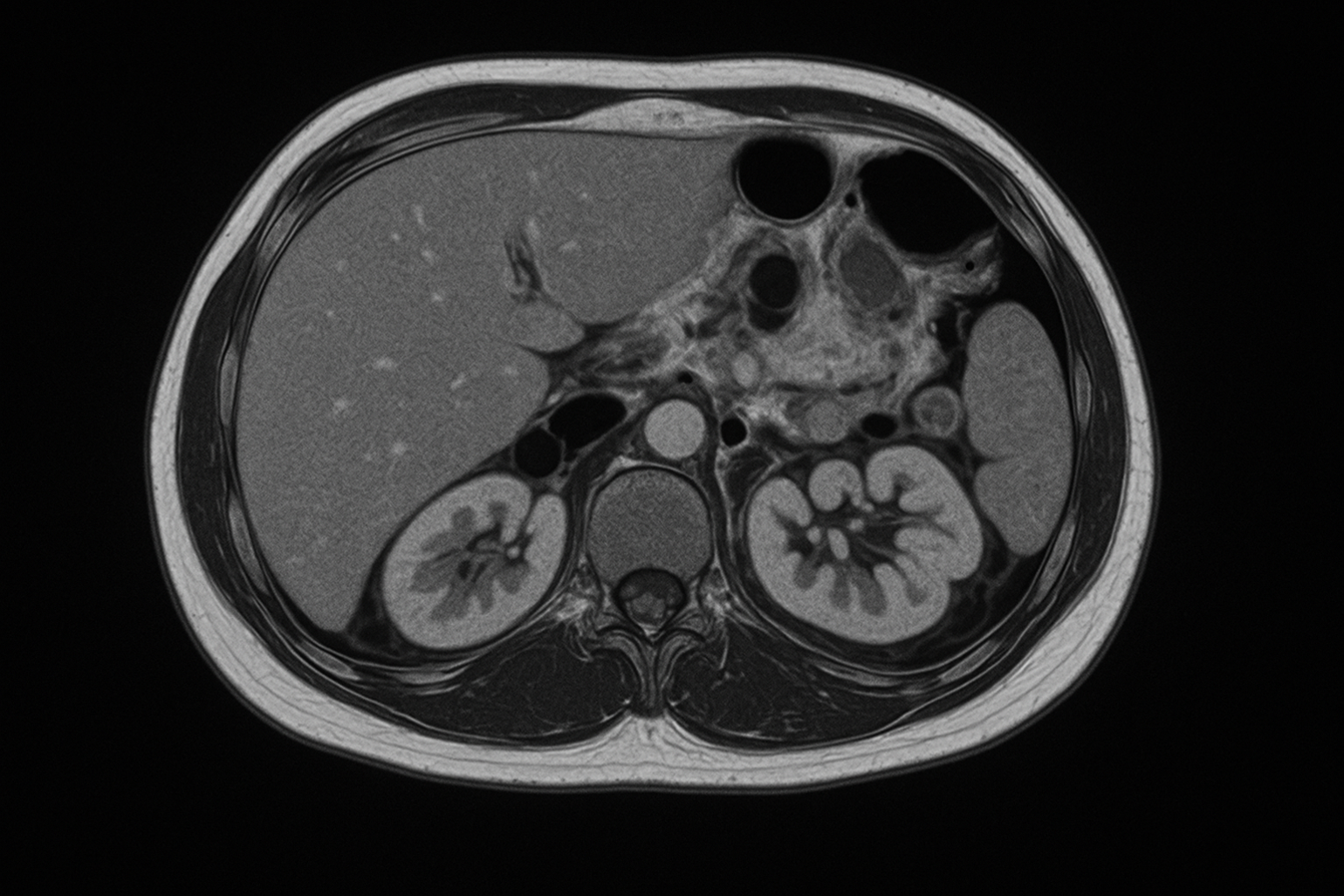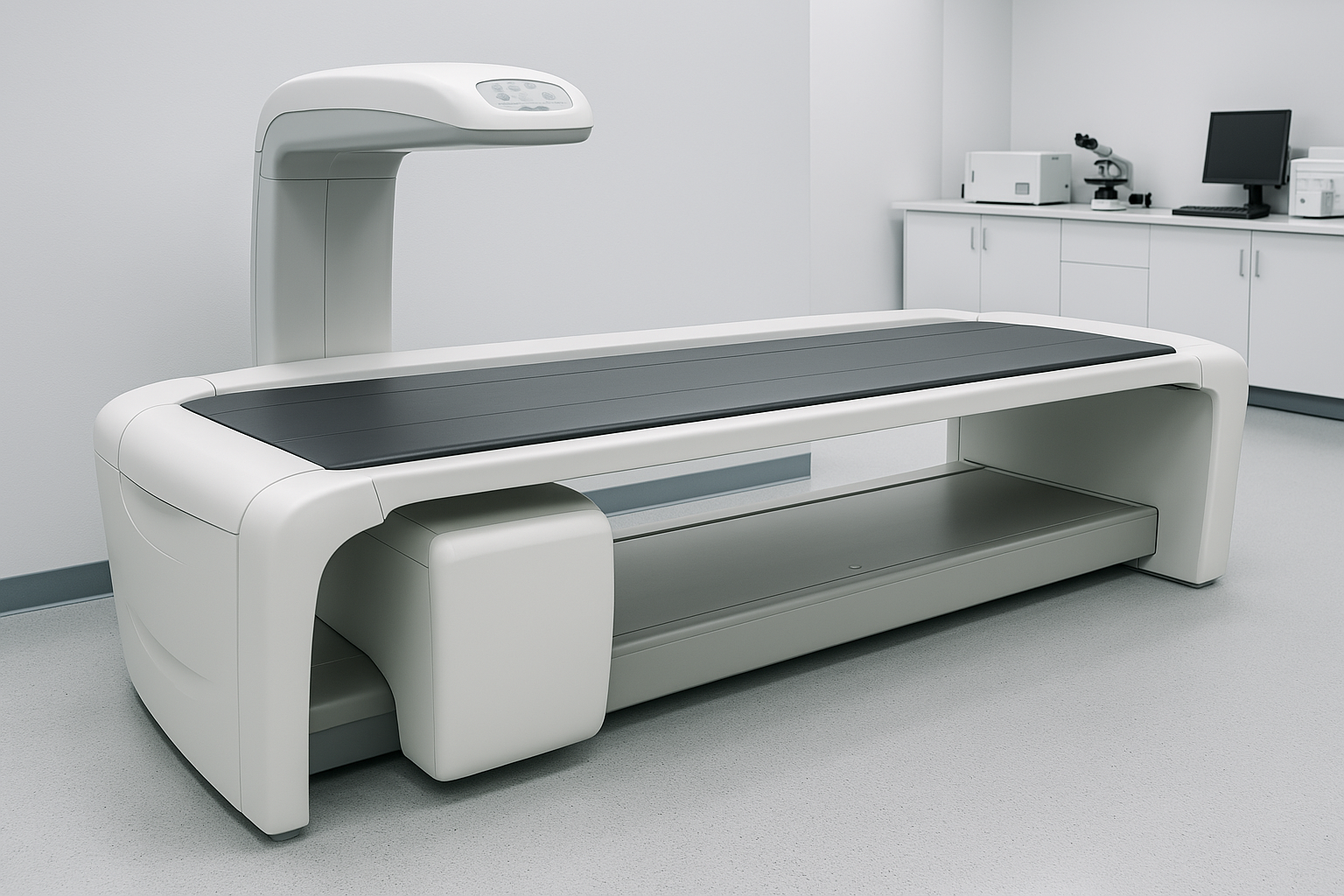Daylight "Savings" hit and there isn’t much daylight in the North right now and this can affect people’s sleep and mood. In the winter, seasonal affective disorder (SAD) looks to be more common the further North you go with the prevalence ranging from 1.5 to 10% [1, 2].
SAD symptoms include a negative change in mood, feelings of hopelessness or pessimism, an increased need for sleep, restlessness, fatigue, overeating, and social withdrawal (more information HERE).
Some of the findings on the power of sunlight are pretty bananas. For example, “when hospitalized depressed patients or patients with bipolar disorder stayed in rooms situated to the east, the length of their stay was reduced by up to as much as 50% compared to staying in rooms situated to the west.”- Meesters et al., 2023 [3]
Bright light therapy looks to be a first-line treatment for preventing/mitigating SAD and may even be helpful in non-seasonal depression [4-6]. Bright light therapy has also been found to improve sleep quality and may be helpful in sleeping disorders and insomnia [7-10].
“Among patients with SAD, the factor that appears to be most consistently associated with a good response to bright light therapy is hypersomnia. Other factors that may be associated with positive responses include hyperphagia (especially carbohydrate craving) and a less severe symptom profile at baseline.” –Avery et al., 2023 [11]
The generally agreed upon guideline is ~30 minutes of 10,000 lux light in the morning at a distance of ~20 cm from one’s eyes (HERE and HERE).
As referenced above this type of lightbox intervention shows efficacy, but it is much different than the light we would encounter outside. When we are outside light hits our eyes from all angles and may exceed 100,000 lux on a sunny day in an open field and even in the shade of a tree the light brightness may exceed 10,000 to 25,000 lux [12, 13].
If you have used any of these light boxes you also know that the light is bright...like real bright yo and it can be somewhat uncomfortable. More importantly, it isn't automatic, and utilizing this type of intervention also means that you have to remember to do the intervention. It takes habit formation bandwidth. Thus, there is a decent push right now for changing architectural lighting to be more dynamic and congruent with the outside lighting. A lot of this research comes from space, submarines, and bunkers where daylight is wildly dysregulated or even non-existent [14].
A recent proof of concept study by Sandkühler and colleagues [13] was the first to compare at least six hours of bright whole room lighting to the conventional SAD light box recommendation. Both interventions were completed at least five out of seven days of the week and the treatment lasted at least four weeks. Subjects reported completing almost six days a week of treatment at the prescribed durations. Some side effects were reported such as eye ache, headache, and agitation, but no subject discontinued either treatment.
“The improvement in symptoms after 4 weeks of treatment, was considerable and similar for all treatment groups…The illuminance at eye level varied greatly between participants in the (bright whole room light] group (between 500 and 6800 lux). Exploratory analyses found an interesting significant correlation: The more light reached the participants’ eyes, the more participants’ symptoms improved after 4 weeks.”
TL;DR - Bright light therapy looks to be an effective intervention for SAD and some sleep disorders. New research shows that longer durations of bright whole-room light may be just as effective as light boxes and may allow us to put this type of intervention on auto-pilot.
REFERENCES:
1. Rosen, L.N., et al., Prevalence of seasonal affective disorder at four latitudes. Psychiatry Res, 1990. 31(2): p. 131-44.
2. Wirz-Justice, A., et al., Prevalence of seasonal depression in a prospective cohort study. Eur Arch Psychiatry Clin Neurosci, 2019. 269(7): p. 833-839.
3. Meesters, Y., E.J.D. van Tuinen, and M.C.M. Gordijn, 35 years of light treatment for mental disorders in the Netherlands. Ann Med, 2023. 55(2): p. 2269574.
4. Tao, L., et al., Light therapy in non-seasonal depression: An update meta-analysis. Psychiatry Res, 2020. 291: p. 113247.
5. Pjrek, E., et al., The Efficacy of Light Therapy in the Treatment of Seasonal Affective Disorder: A Meta-Analysis of Randomized Controlled Trials. Psychother Psychosom, 2020. 89(1): p. 17-24.
6. Nussbaumer-Streit, B., et al., Light therapy for preventing seasonal affective disorder. Cochrane Database Syst Rev, 2019. 3(3): p. CD011269.
7. van Maanen, A., et al., The effects of light therapy on sleep problems: A systematic review and meta-analysis. Sleep Med Rev, 2016. 29: p. 52-62.
8. Chambe, J., et al., Light therapy in insomnia disorder: A systematic review and meta-analysis. J Sleep Res, 2023: p. e13895.
9. Faulkner, S.M., et al., Light therapies to improve sleep in intrinsic circadian rhythm sleep disorders and neuro-psychiatric illness: A systematic review and meta-analysis. Sleep Med Rev, 2019. 46: p. 108-123.
10. Yao, L., Z. Zhang, and L.T. Lam, The effect of light therapy on sleep quality in cancer patients: a systematic review and meta-analysis of randomized controlled trials. Front Psychiatry, 2023. 14: p. 1211561.
11. David Avery, P.P.R.-B., David Solomon,, Seasonal affective disorder: Treatment. UpToDate, 2023.
12. Bhandary, S.K., et al., Ambient light level varies with different locations and environmental conditions: Potential to impact myopia. PLoS One, 2021. 16(7): p. e0254027.
13. Sandkuhler, J.F., et al., 100,000 lumens to treat seasonal affective disorder: A proof of concept RCT of Bright, whole-ROom, All-Day (BROAD) light therapy. Depress Anxiety, 2022. 39(12): p. 760-769.
14. Wang, T., et al., Active interventions of dynamic lighting on human circadian rhythm and sleep quality in confined spaces. Building and Environment, 2022. 226: p. 109766.





